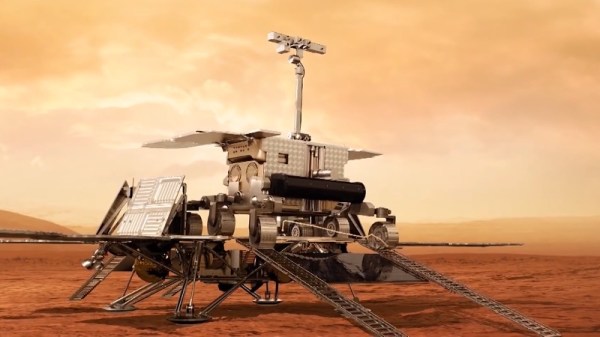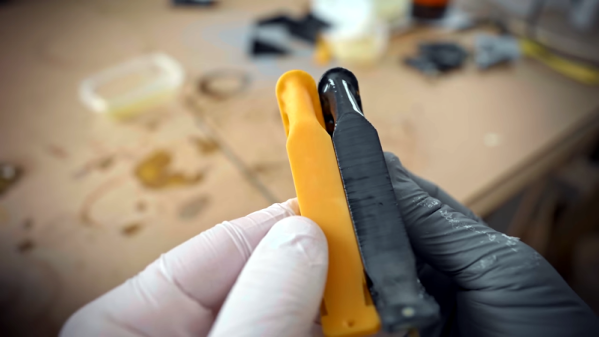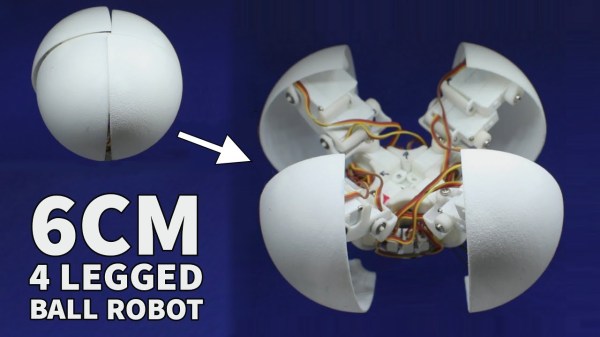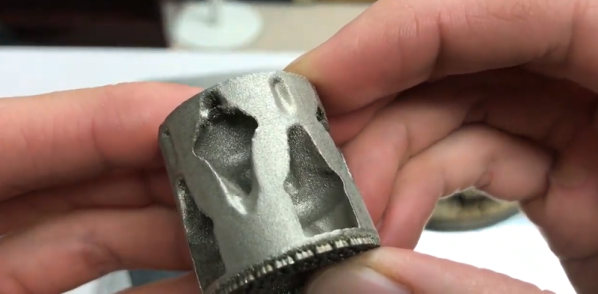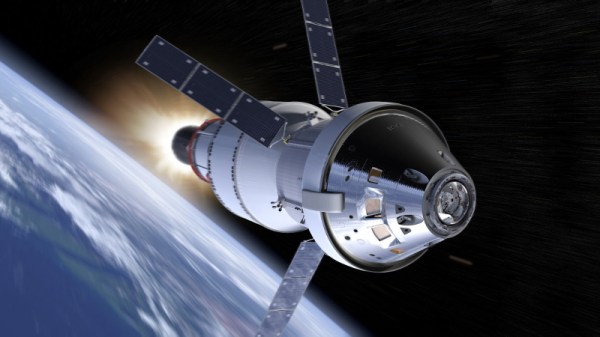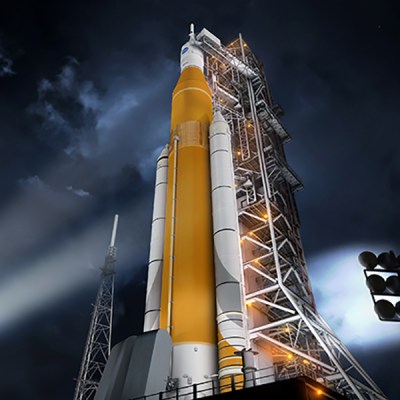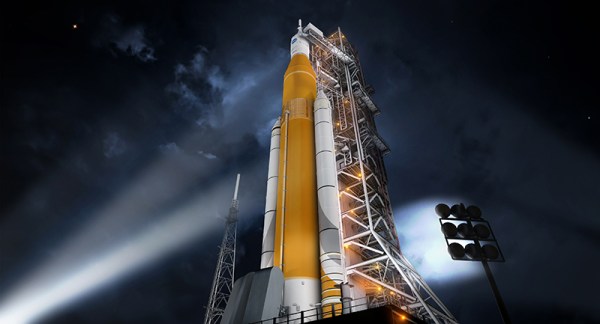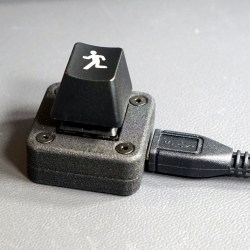At this point, most of us are painfully aware of the restrictions that COVID-19 social distancing protocols have put on our daily lives. Anyone who can is working from home, major events are canceled, non-essential businesses are closed, and travel is either strongly discouraged or prohibited outright. In particularly hard hit areas, life and commerce has nearly ground to a halt with no clear end date in sight.
Naturally, there are far reaching consequences for this shutdown beyond what’s happening on the individual level. Large scale projects are also being slowed or halted entirely, as there’s only so much you can do remotely. That’s especially true when the assembly of hardware is concerned, which has put some industries in a particularly tight spot. One sector that’s really feeling the strain is aerospace. Around the world, space agencies are finding that their best laid plans are suddenly falling apart in the face of COVID-19.
In some cases it’s a minor annoyance, requiring nothing more than some tweaks to procedures. But when the movements of the planets are concerned, a delay of weeks or months changes everything. While things are still changing too rapidly to make an exhaustive list, we already know of a few missions that are being impacted in these uncertain times.
Continue reading “Getting To Space Is Even Harder During A Pandemic”

